Introduction
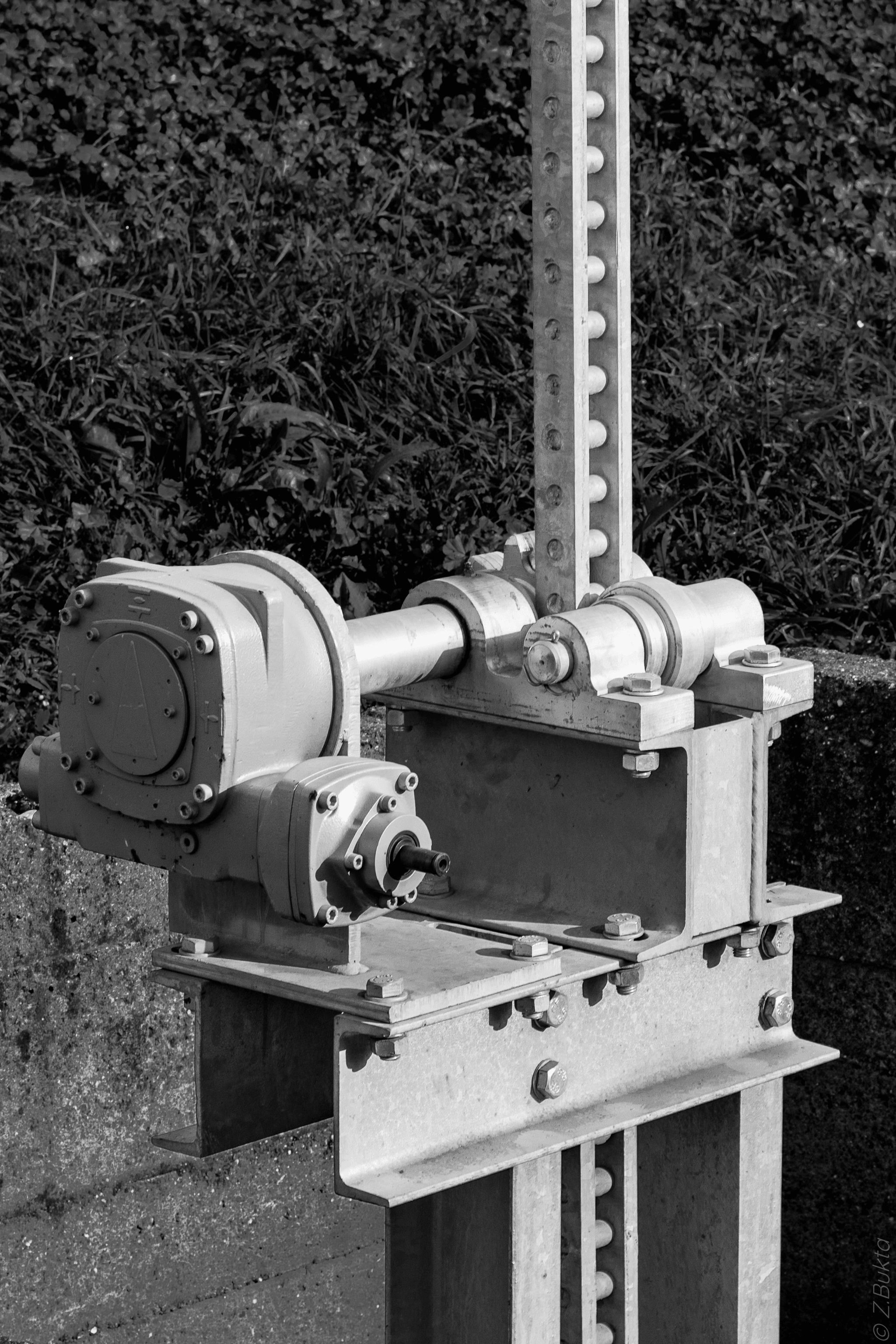
When it comes to efficient and precise control of valves and other mechanical systems, electric actuator rotary plays a crucial role. These actuators provide rotational power to automate various industrial processes, offering a wide range of benefits and applications.
Understanding Electric Actuator Rotary
Electric actuator rotary is a type of actuator that converts electrical energy into rotational motion. This allows for seamless control and adjustment of valves, dampers, and other mechanical components in industrial settings. The ability to rotate at different angles makes these actuators incredibly versatile.
Electric actuator rotary systems are also known for their precision and accuracy, allowing for fine-tuned adjustments to be made with ease. This level of control is essential in industries where even the slightest deviation can have significant consequences. Furthermore, these actuators are often equipped with feedback mechanisms that provide real-time data on the position and performance, ensuring optimal operation at all times. This level of sophistication sets electric actuator rotary systems apart from other types of actuators.
Advantages of Electric Actuator Rotary
One of the key advantages of electric actuator rotary is its precision and accuracy in controlling valve positions. These actuators also offer quick response times and can be easily integrated into automated systems for enhanced efficiency.
Furthermore, electric actuator rotary offers a wide range of torque outputs, making them suitable for various valve sizes and types. This versatility allows for greater flexibility in industrial applications, as these actuators can be used across different systems without the need for specialized equipment. Additionally, electric actuator rotary is known for its reliability and low maintenance requirements, reducing downtime and ensuring consistent performance in critical operations.
Applications of Electric Actuator Rotary
From water treatment plants to oil refineries, electric actuator rotary finds its applications in a wide range of industries. They are commonly used in controlling flow rates, pressure levels, and temperature adjustments in various processes. In addition to these functions, electric actuator rotary also plays a crucial role in automating valve operations, ensuring precise and efficient control over the flow of liquids and gases. This automation not only improves operational efficiency but also reduces the risk of human error in critical processes.
What is an Electric Rotary Actuator?

Definition and working principle
An electric rotary actuator is a type of rotational power actuator that converts electrical energy into mechanical motion to control the rotation of a shaft or valve. It typically consists of an electric motor, gears, and a mechanism to convert rotary motion into linear motion. The working principle involves the use of electrical signals to initiate the actuator's movement, making it a versatile and precise control solution.
Electric rotary actuators are known for their high precision and ability to provide accurate control over the rotational movement of a shaft or valve. The electric motor within the actuator is capable of delivering consistent and reliable performance, ensuring smooth operation and minimal maintenance requirements. This makes electric rotary actuators ideal for applications that demand precise positioning and efficient control, such as industrial automation, robotics, and process control systems.
Key features of electric rotary actuators
Electric rotary actuators are known for their compact design, high precision, and ability to provide accurate positioning control. They offer adjustable speed and torque, making them suitable for various applications. Additionally, these actuators can be easily integrated with digital control systems for seamless automation.
In addition to their compact design and high precision, electric rotary actuators are also known for their energy efficiency. By utilizing electric power, these actuators can reduce the overall energy consumption of a system, making them a sustainable choice for automation. This not only benefits the environment but also helps to lower operational costs for businesses.
Benefits of using electric rotary actuators
The benefits of using electric rotary actuators include their ability to deliver consistent performance with minimal maintenance requirements. They offer precise control over rotational movements, resulting in improved efficiency and productivity. Furthermore, electric rotary actuators are energy-efficient and environmentally friendly compared to pneumatic or hydraulic alternatives.
Electric rotary actuators also offer a compact and lightweight design, making them easy to install and integrate into various industrial applications. Their space-saving nature allows for more flexibility in equipment layout and design, ultimately optimizing the use of available space in manufacturing facilities. This can lead to cost savings by reducing the need for additional space or modifications to existing machinery.
Rotary Actuators with Part Turn Valves
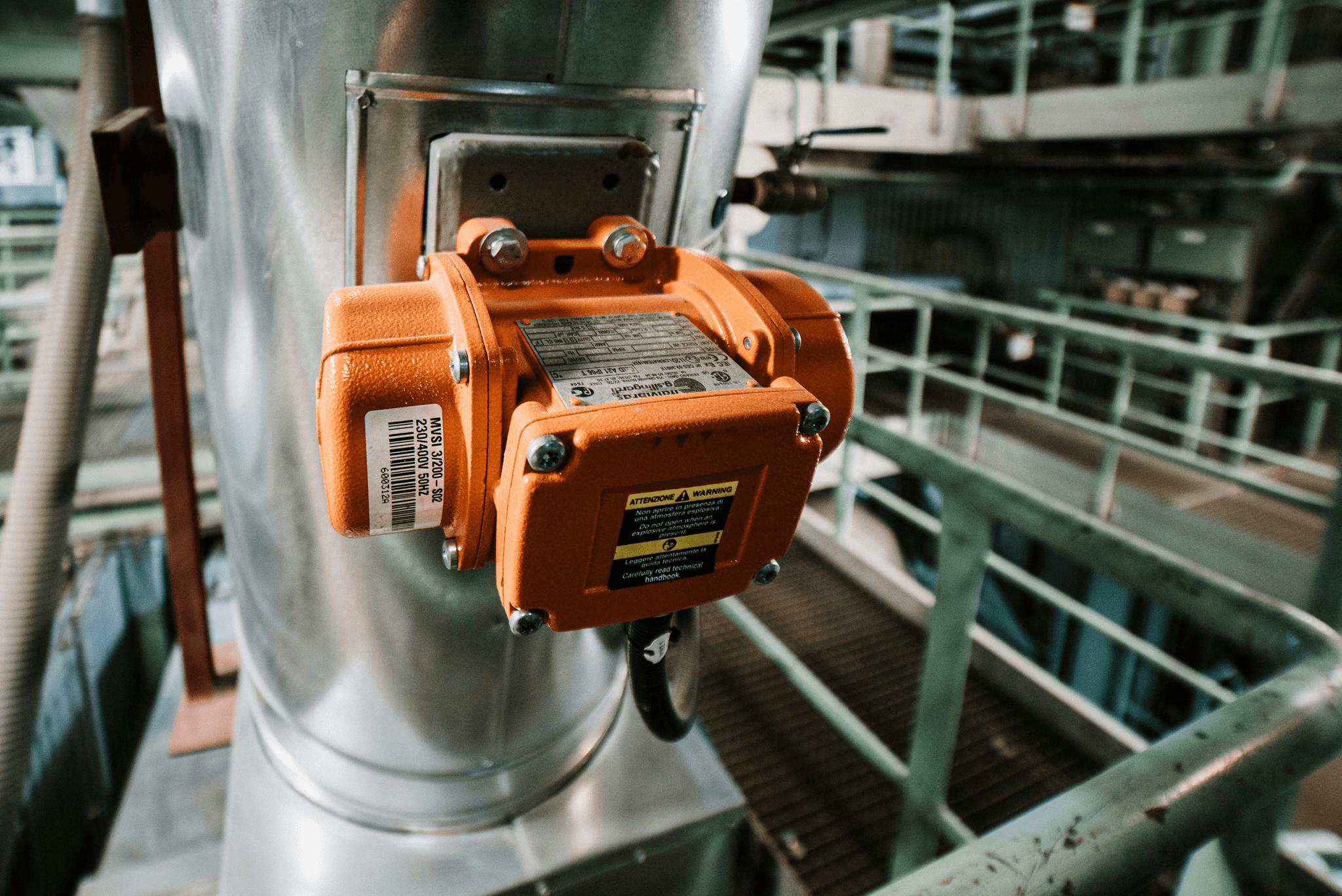
Introduction to part turn valves
Part turn valves are a type of valve that only requires a 90-degree rotation to fully open or close, making them ideal for many industrial applications. These valves are commonly used in industries such as oil and gas, water treatment, and chemical processing.
Integration of electric actuators with part turn valves
Electric actuators can be seamlessly integrated with part turn valves to automate the opening and closing process. By using electric rotary actuators, the operation of part turn valves becomes more efficient and precise, allowing for better control over the flow of liquids or gases in various industrial systems.
Advantages of using Rotary Actuators with Part Turn Valves
The integration of electric rotary actuators with part turn valves offers several advantages, including improved accuracy and reliability in valve positioning. This combination also allows for remote operation and monitoring, reducing the need for manual intervention and enhancing overall system safety.
In addition to improved accuracy and reliability, the integration of electric rotary actuators with part turn valves also results in energy efficiency. By utilizing precise positioning and control, these actuators can minimize energy consumption, leading to cost savings and environmental benefits. This makes them an attractive option for industries looking to reduce their carbon footprint and operating expenses while maintaining high performance standards.
Electric Rotary Actuator High Torque
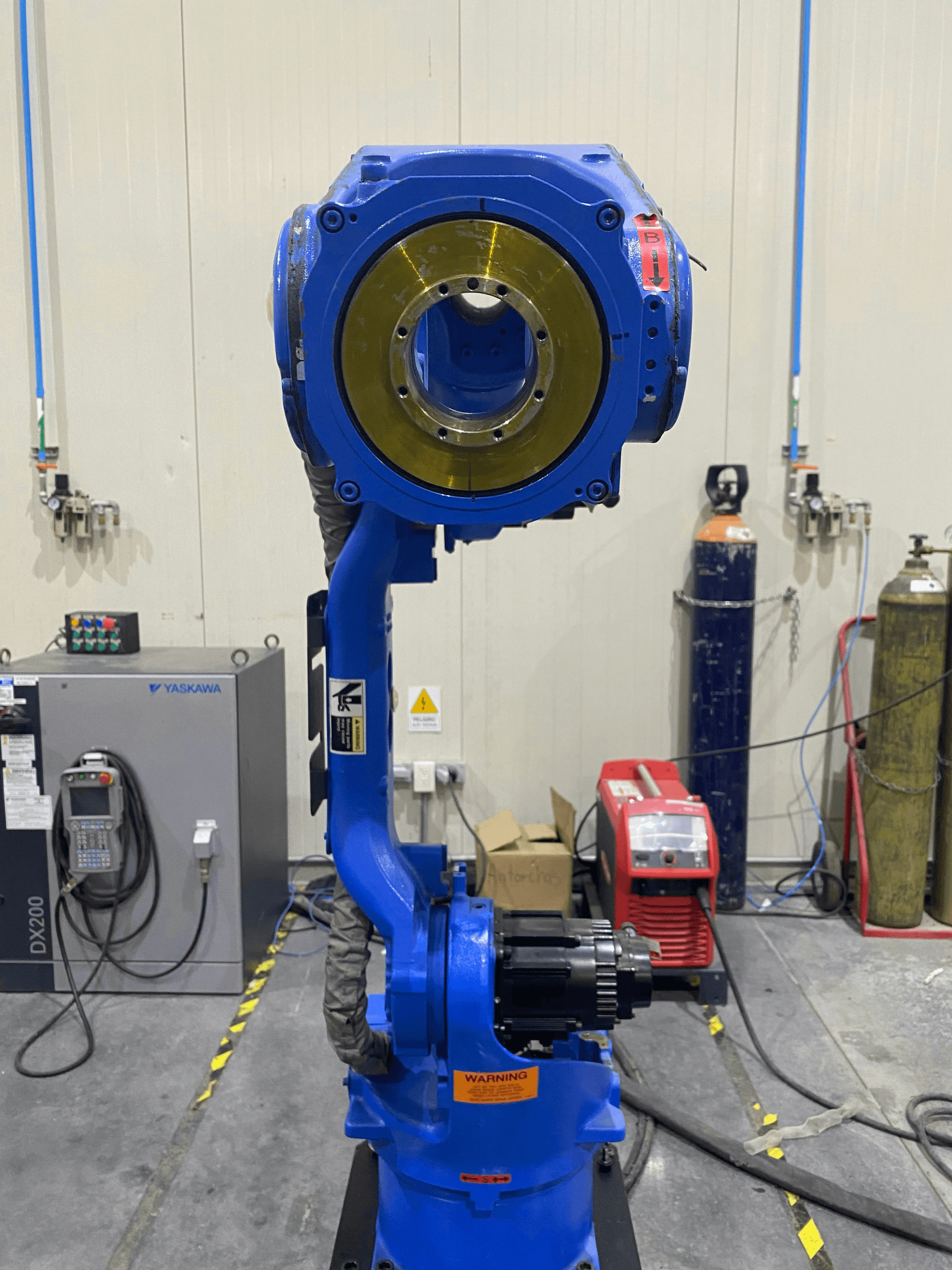
When it comes to electric rotary actuators, high torque is crucial for handling heavy loads and providing precise rotational power. The ability to generate high torque ensures that the actuator can effectively control the movement of valves, dampers, and other mechanical components in industrial applications.
Applications that require high torque electric actuators include heavy-duty valve automation in industries such as oil and gas, power generation, and water treatment. These actuators are also used in large-scale manufacturing processes where precise control over rotational movements is essential for operational efficiency and safety.
One notable example of a high torque electric rotary actuator is Haisen's Part-Turn Valve Electric Actuator. This innovative product combines robust construction with advanced motor technology to deliver exceptional torque output for demanding industrial applications.
What Does an Electric Actuator Do?
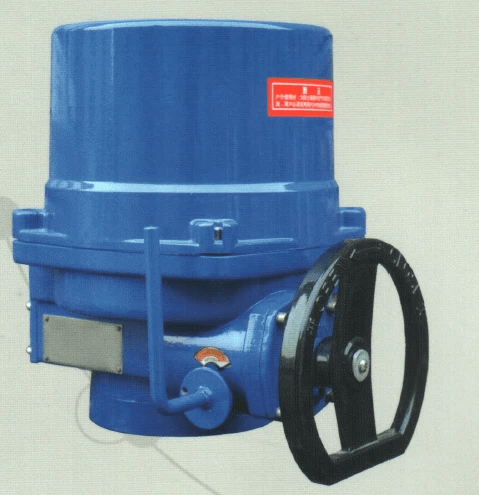
Electric actuators are devices that convert electrical energy into mechanical motion, providing precise and reliable control over various industrial processes. They are commonly used to automate valves, dampers, and other mechanisms in a wide range of applications, from manufacturing and processing to environmental control and power generation.
Functions and capabilities of electric actuators
Electric actuators can perform a variety of functions, including opening and closing valves, adjusting flow rates, and positioning equipment with high precision. They offer the capability for remote operation and can be integrated with control systems for automated process control. With their compact design and efficient power usage, electric actuators are ideal for applications where space is limited or energy efficiency is a priority.
Comparison with other types of actuators
Compared to pneumatic or hydraulic actuators, electric actuators offer several advantages such as smoother operation, precise positioning, and lower maintenance requirements. Unlike pneumatic systems that require compressed air or hydraulic systems that rely on fluid pressure, electric actuators are not affected by fluctuations in air supply or fluid leaks. This makes them more reliable and suitable for critical processes.
Common applications in various industries
Electric actuators are widely used in industries such as oil & gas, water treatment, HVAC systems, and power plants to automate valves in pipelines, regulate flow rates in chemical processing plants, control dampers in ventilation systems, and adjust turbine blades in power generation facilities. Their versatility and adaptability make them indispensable for achieving efficient process automation across diverse industrial sectors.
Disadvantages of Rotary Actuator
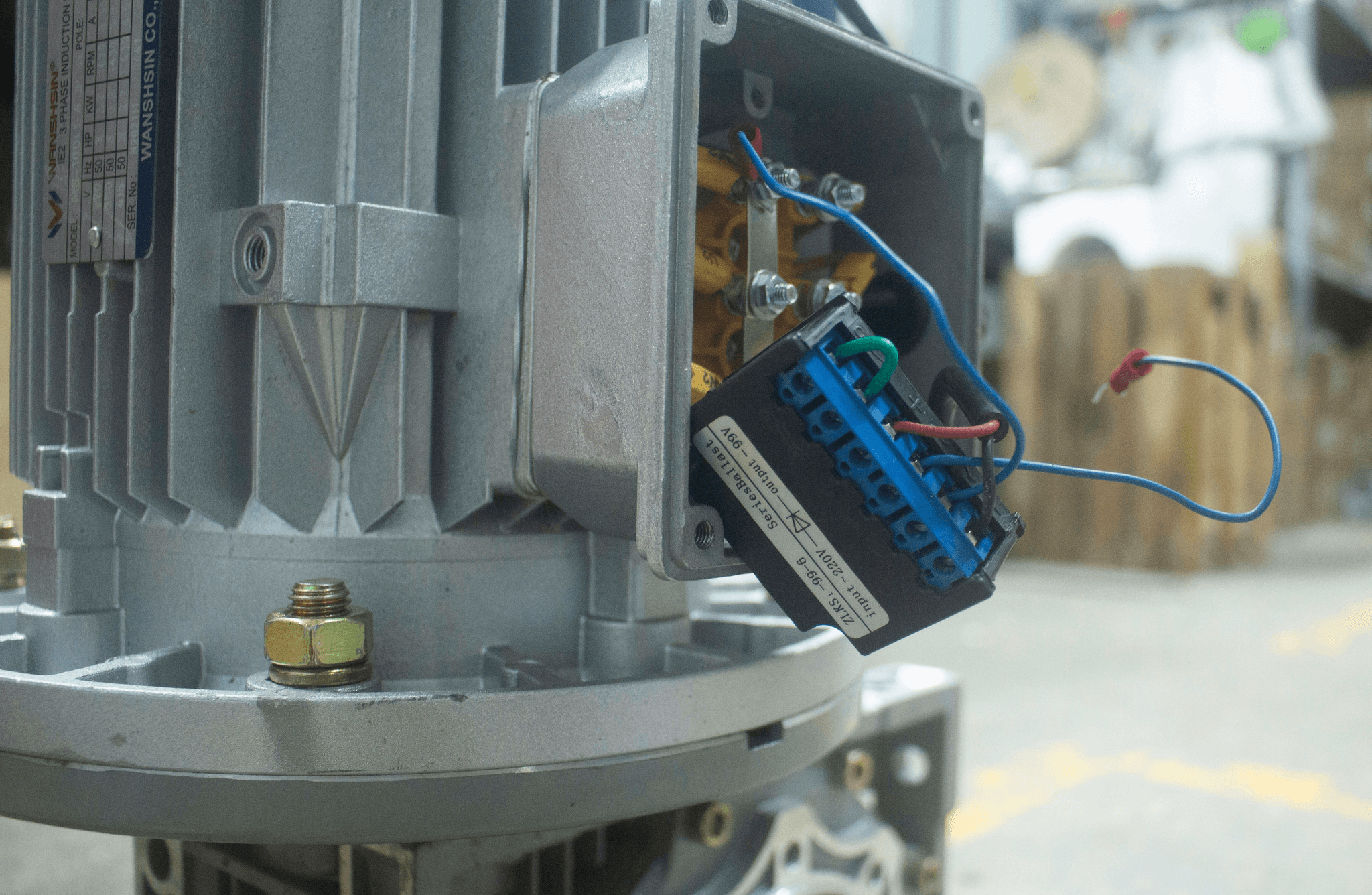
Limitations and drawbacks of rotary actuators
One of the main disadvantages of rotary actuators is their limited range of motion, as they are typically designed for 90-degree or 180-degree rotation. This can be a drawback in applications that require a wider range of motion. Additionally, rotary actuators may have higher maintenance requirements compared to other types of actuators, which can increase operational costs over time.
To mitigate the limitations of limited range of motion and higher maintenance requirements, manufacturers can develop rotary actuators with enhanced capabilities and durability. For example, advancements in materials and design can allow for a wider range of motion, making rotary actuators suitable for a broader range of applications. Additionally, incorporating self-lubricating components and predictive maintenance technologies can reduce the need for frequent maintenance, thereby lowering operational costs over time.
How to mitigate the disadvantages
To mitigate the limitations of rotary actuators, it's important to carefully assess the specific needs of the application and select an actuator with the appropriate range of motion. Regular maintenance and proper lubrication can also help extend the lifespan and reduce operational costs. Additionally, advancements in materials and design are continuously improving the performance and durability of rotary actuators.
Future developments in rotary actuator technology
The future development of rotary actuator technology is focused on expanding the range of motion while maintaining high torque capabilities. Innovations in materials and manufacturing processes are expected to lead to more durable and efficient rotary actuators with reduced maintenance requirements. Furthermore, advancements in automation and control systems will enhance the precision and reliability of electric actuator rotary technology.
Conclusion
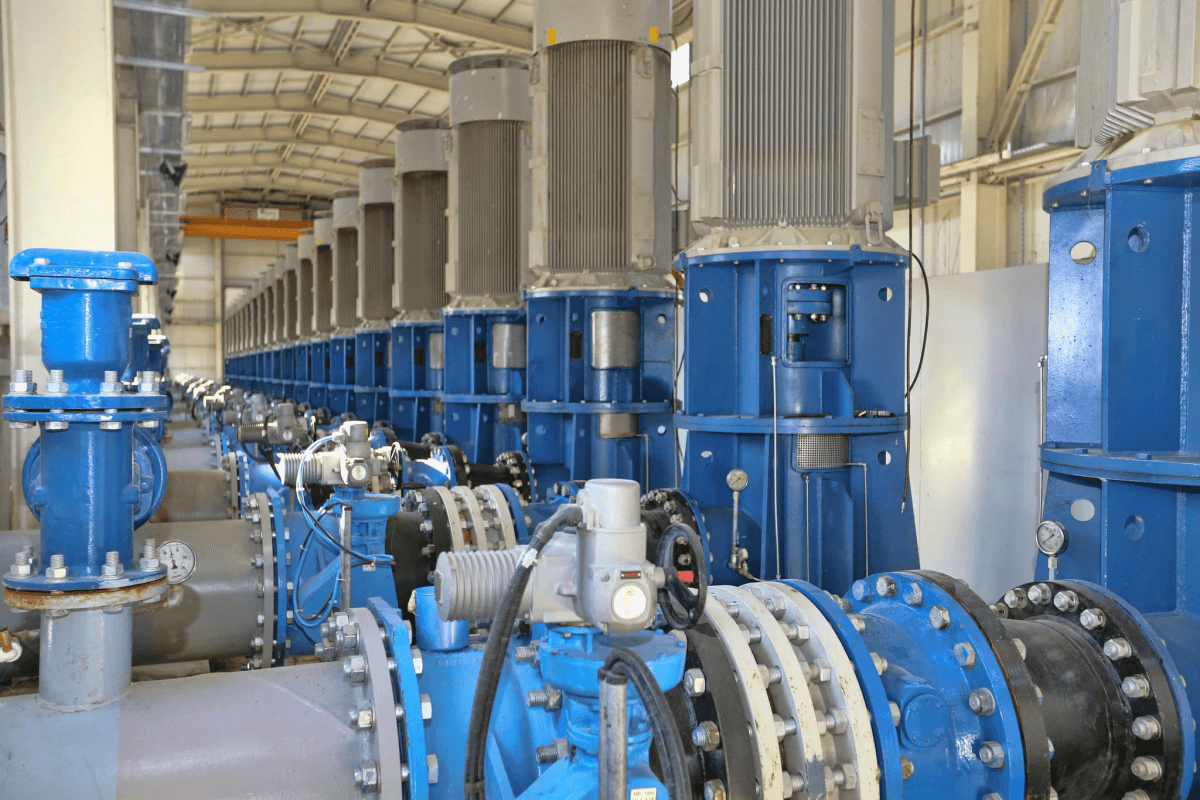
Electric actuator rotary technology has revolutionized automation in various industries, enhancing efficiency and precision in control systems. The use of electric rotary actuators offers a wide range of benefits, including improved accuracy, faster response times, and reduced maintenance requirements.
Enhancing Automation with Electric Actuator Rotary
By incorporating electric actuator rotary systems into manufacturing processes, businesses can streamline operations and achieve higher levels of productivity. The ability to precisely control rotational movements allows for seamless integration with complex machinery and equipment, leading to enhanced automation capabilities. Additionally, electric actuator rotary systems offer improved energy efficiency, reducing overall operational costs and environmental impact. This makes them a sustainable choice for businesses looking to optimize their manufacturing processes while minimizing their carbon footprint.
Choosing the Right Electric Actuator for Your Application
When selecting an electric actuator rotary for a specific application, it's essential to consider factors such as torque requirements, speed capabilities, and environmental conditions. Understanding the unique needs of your system will ensure that you choose the right electric actuator to optimize performance and reliability. In addition to these factors, it's also important to consider the precision and accuracy required for your application. Some applications may require extremely precise positioning, while others may prioritize speed over precision. Taking these factors into account will help you select an electric actuator that meets your specific performance needs.
Future Trends in Electric Actuator Technology
As technology continues to advance, we can expect to see further innovations in electric actuator rotary systems. These developments may include enhanced connectivity features, improved energy efficiency, and the integration of advanced materials for increased durability and longevity.
Remember that when considering the use of electric actuators with part turn valves or high torque capabilities, it's important to weigh the advantages against any potential disadvantages. Despite some limitations associated with rotary actuators, ongoing research and development efforts are focused on addressing these challenges and pushing the boundaries of what is possible with this technology.
